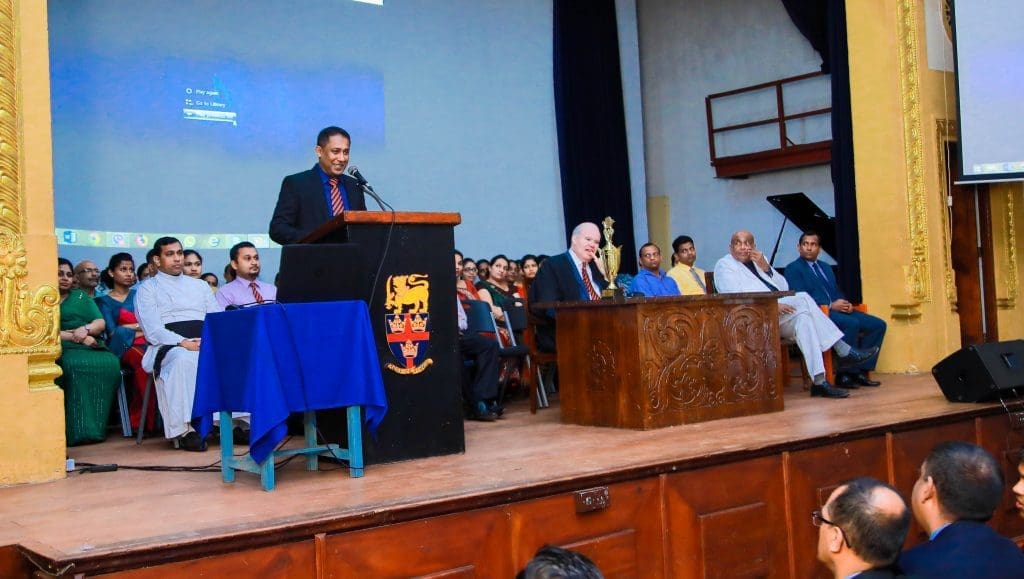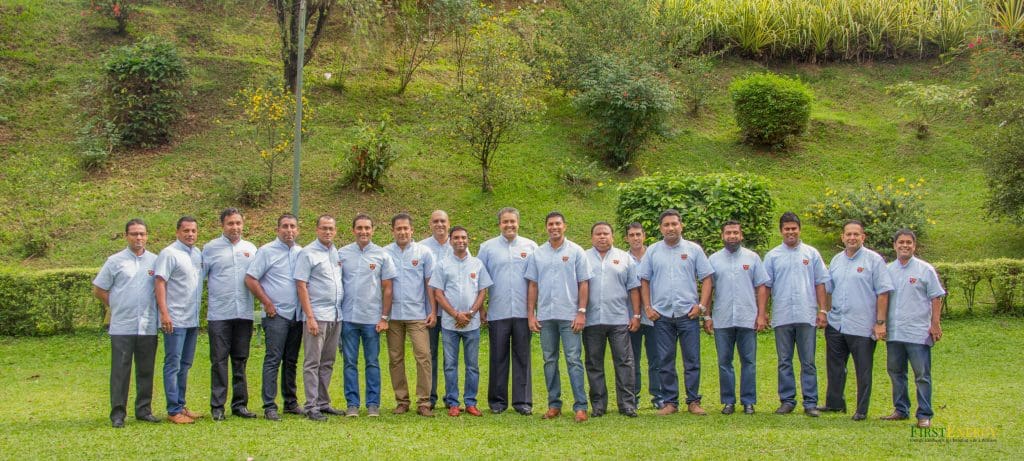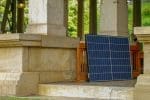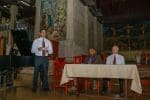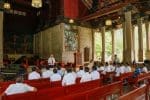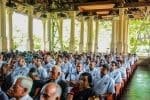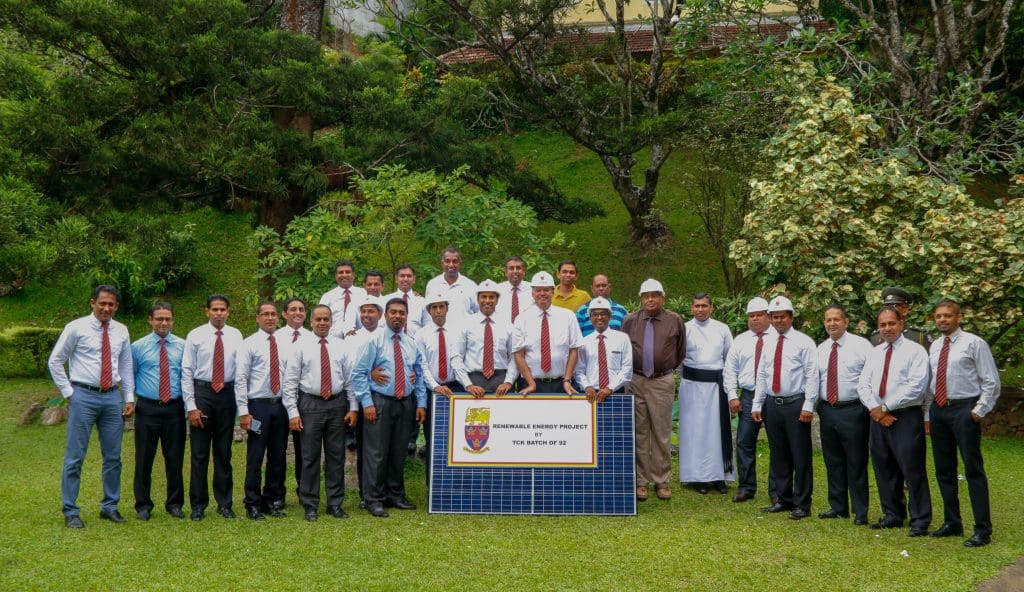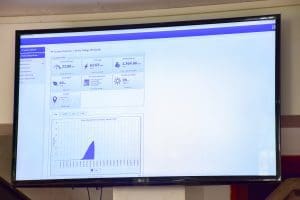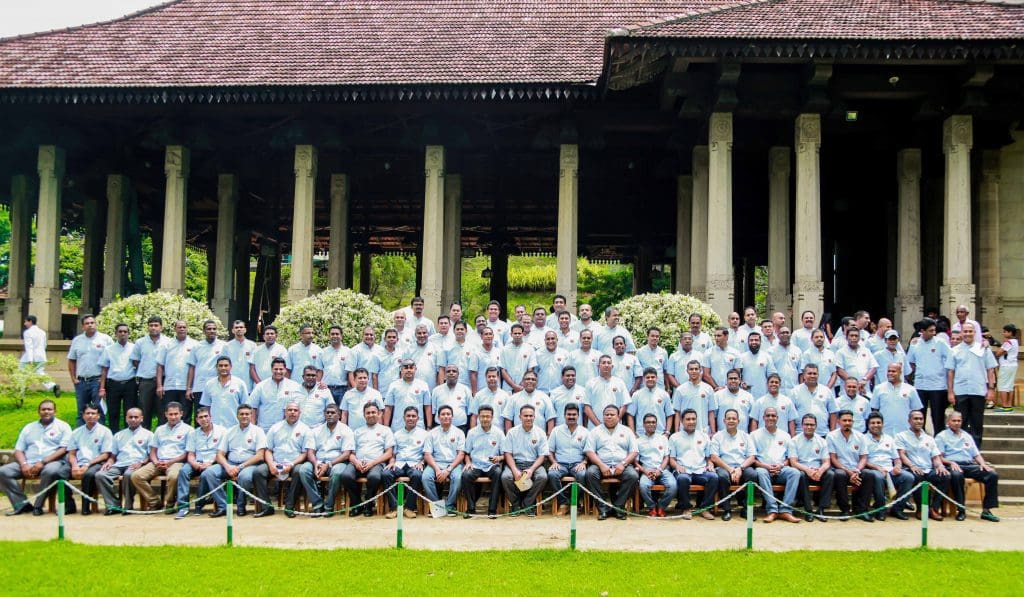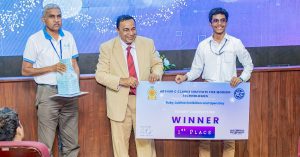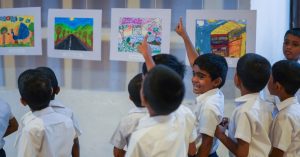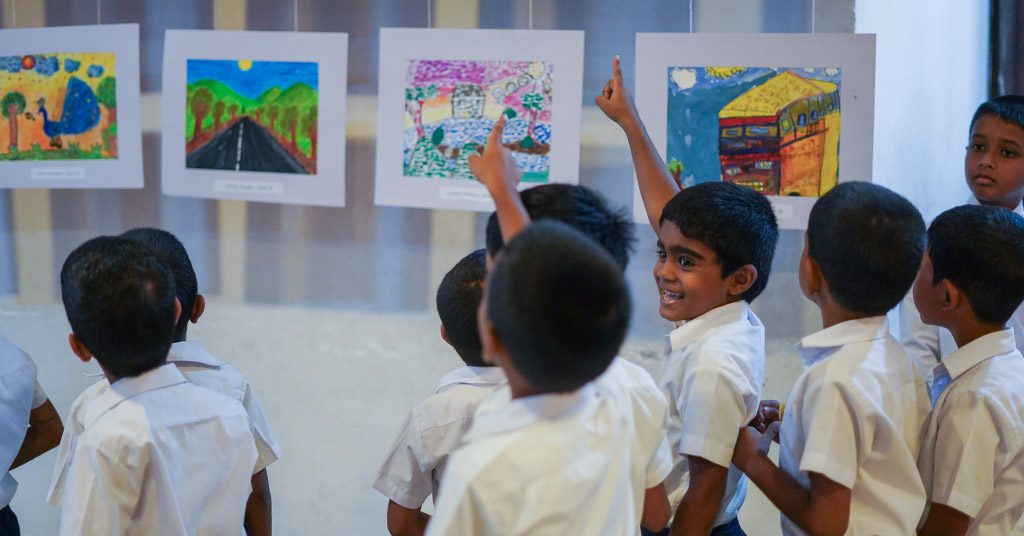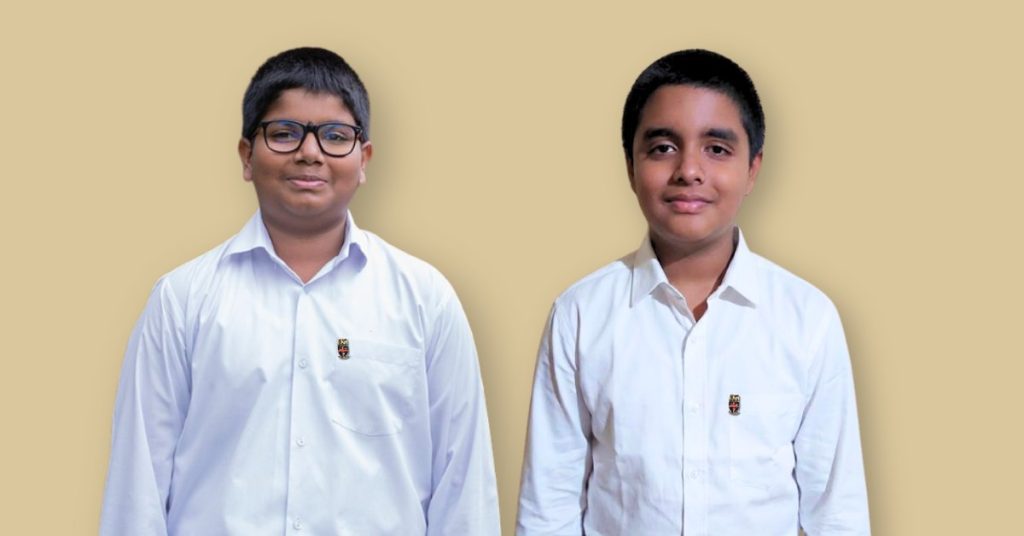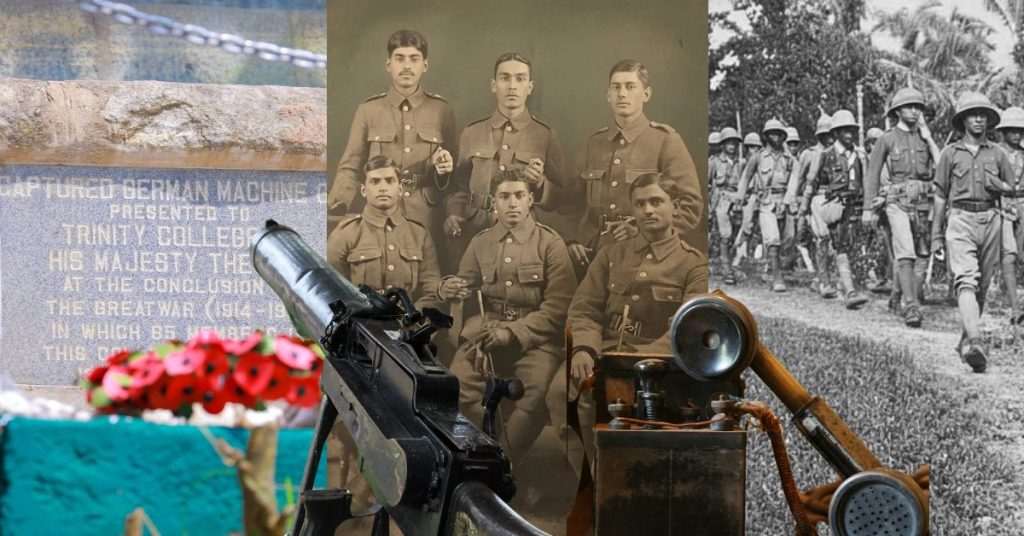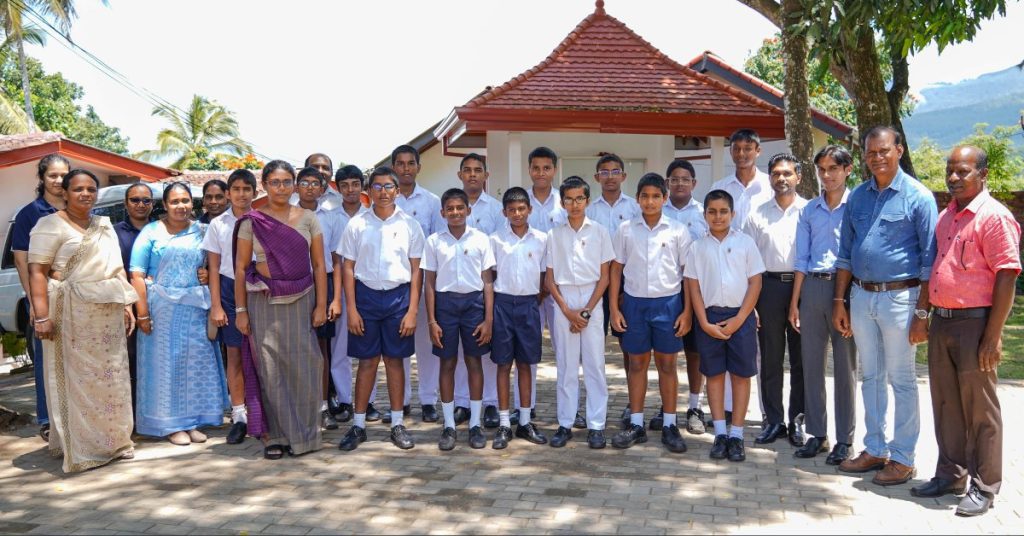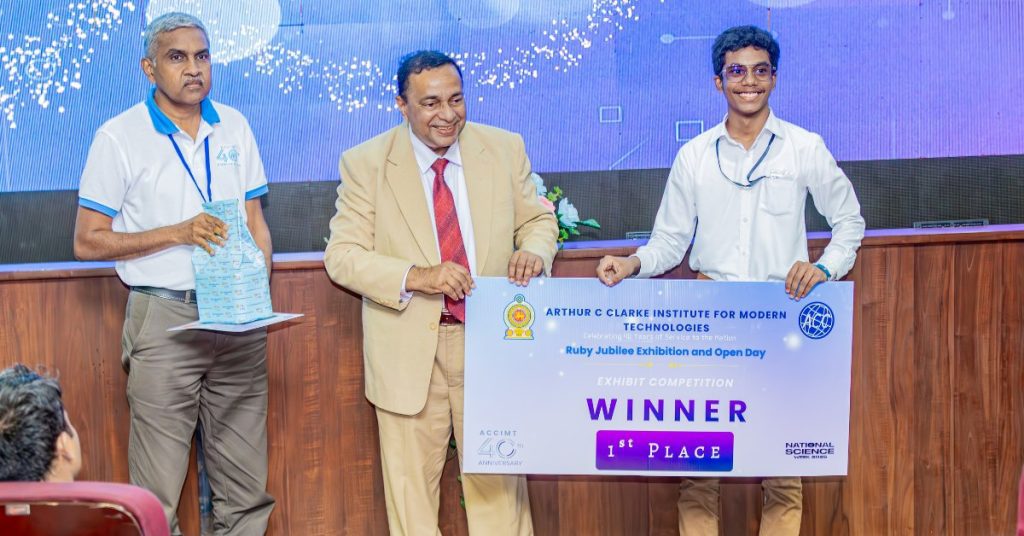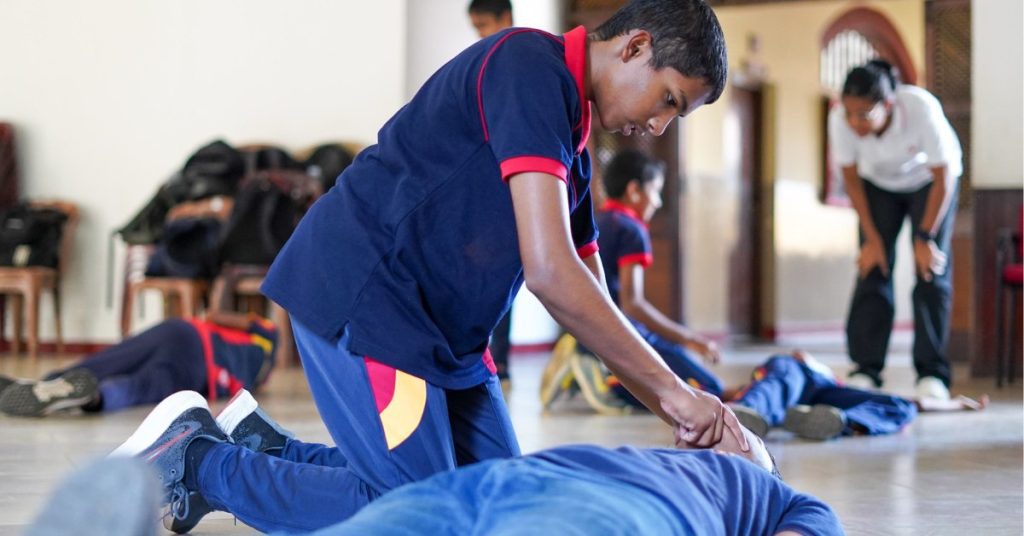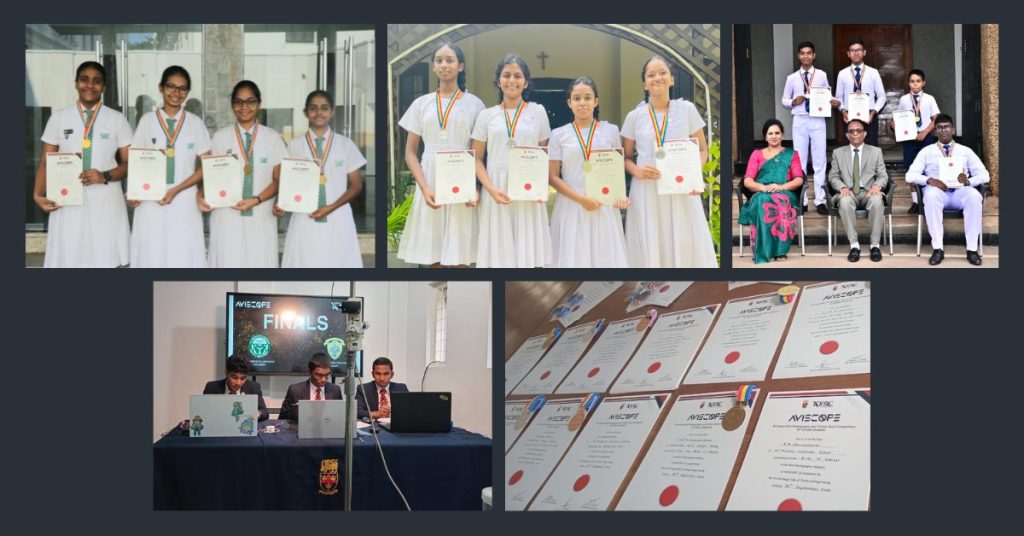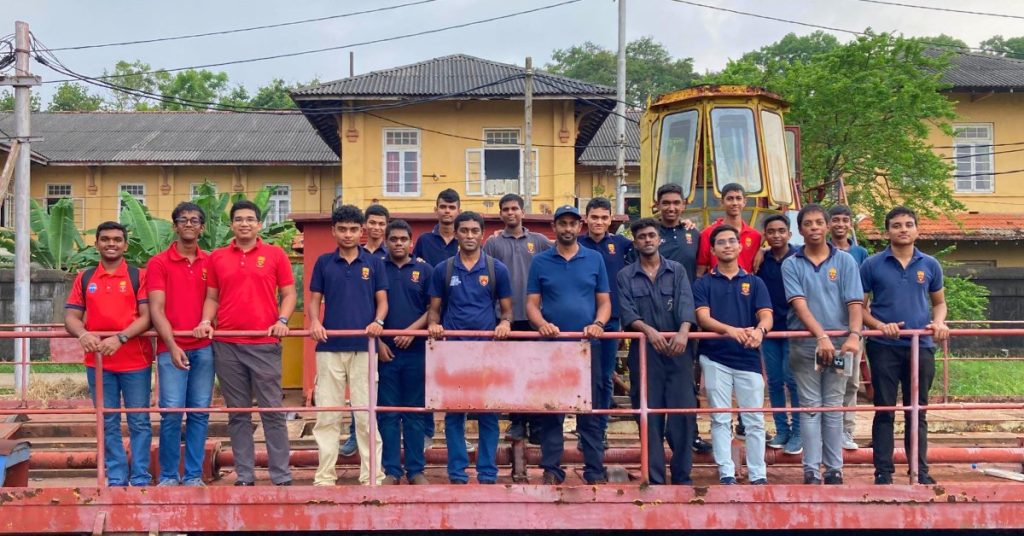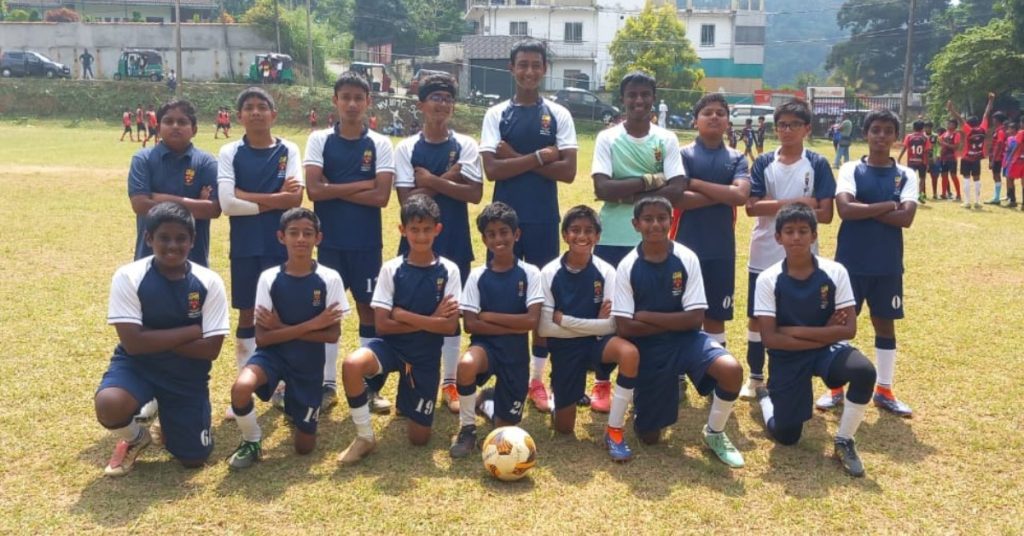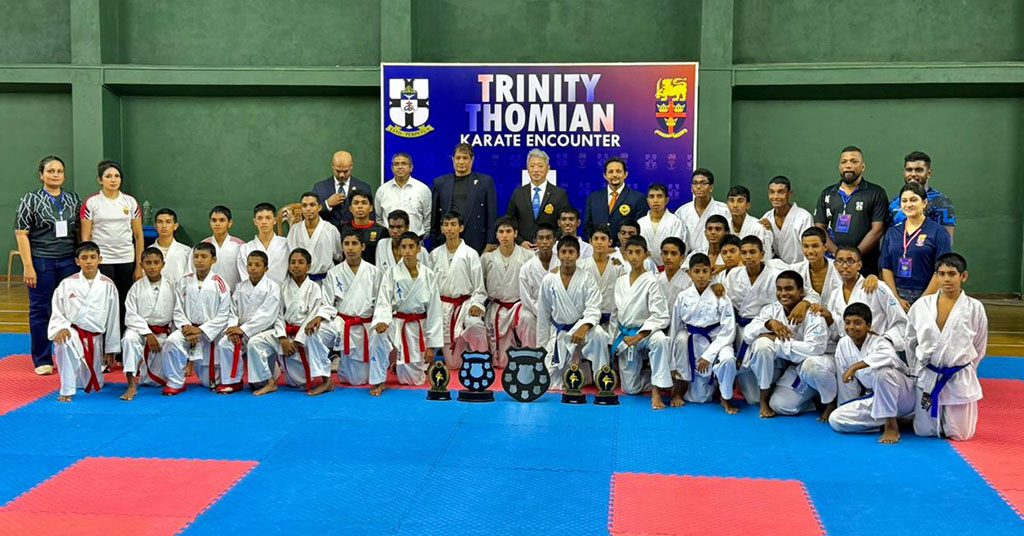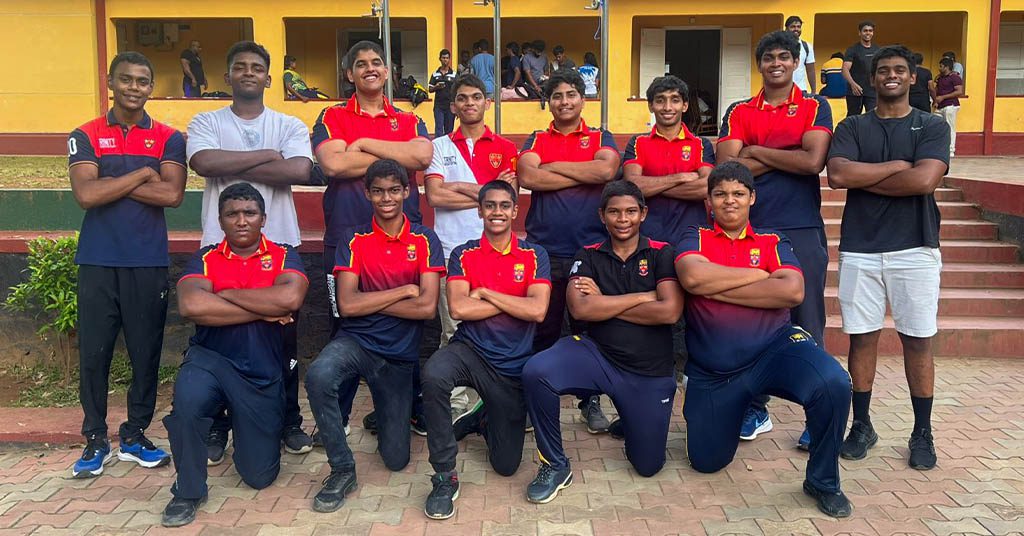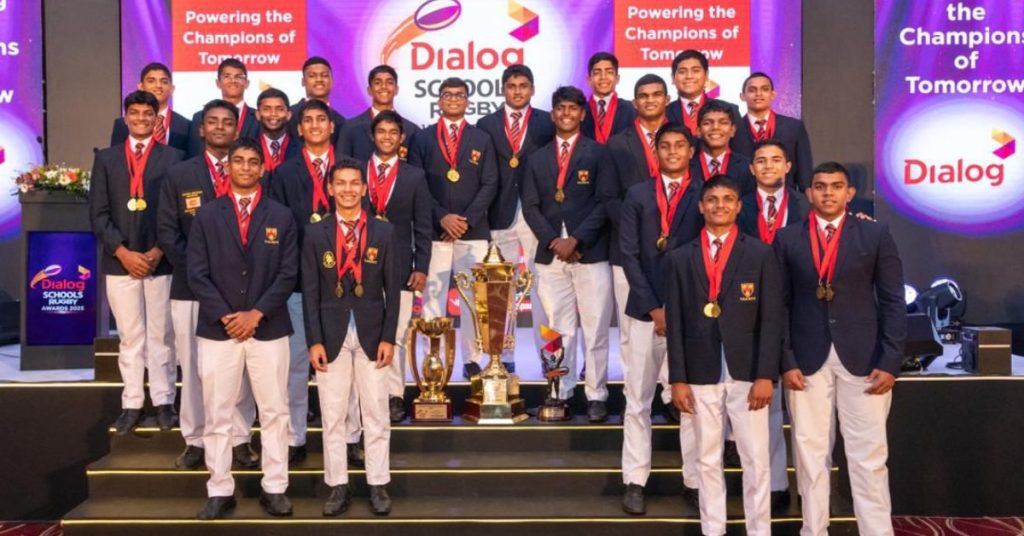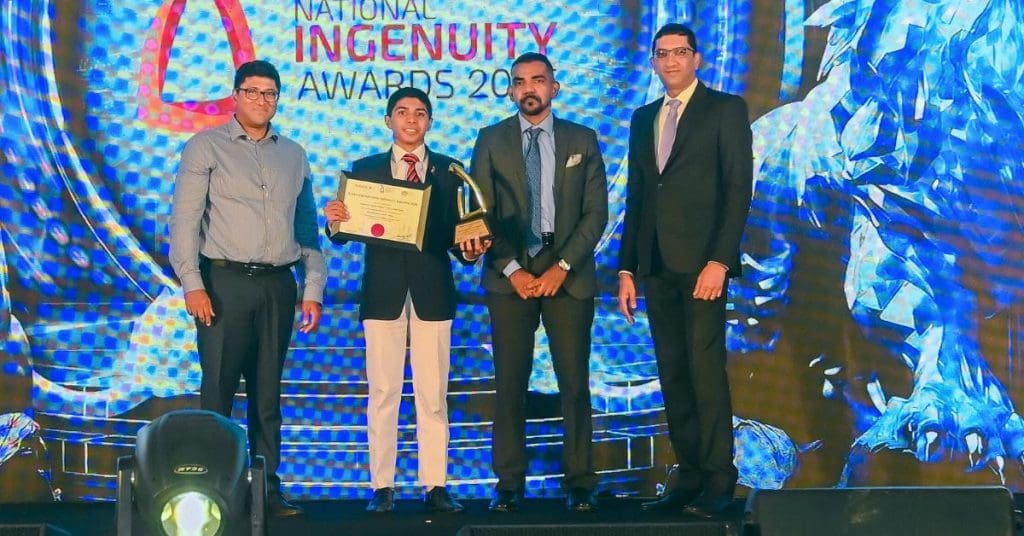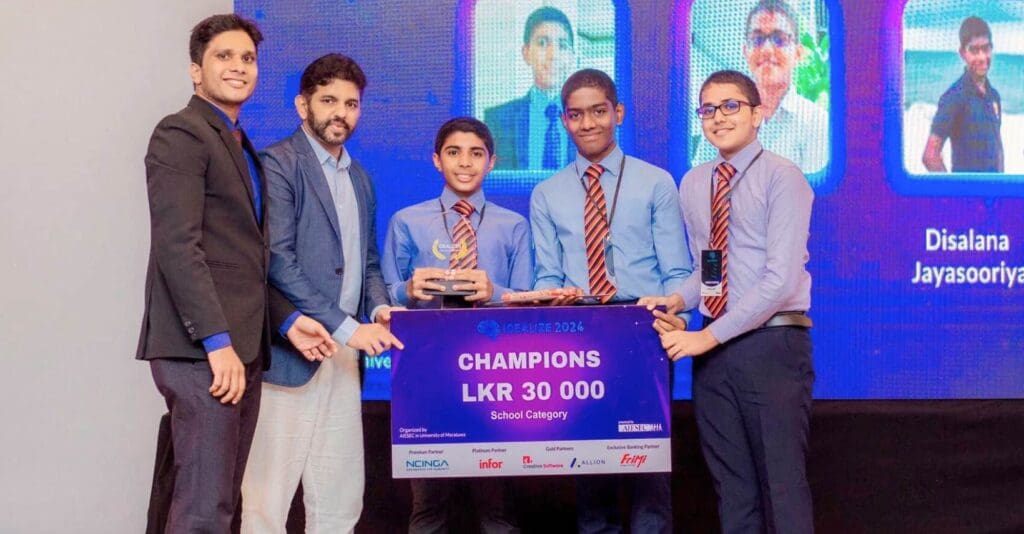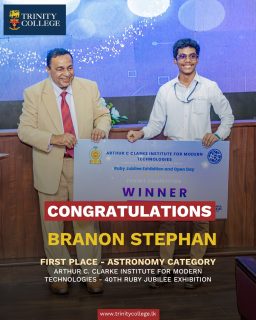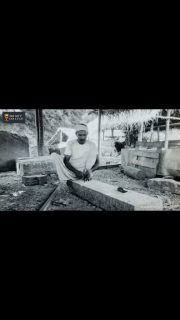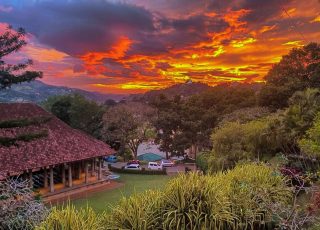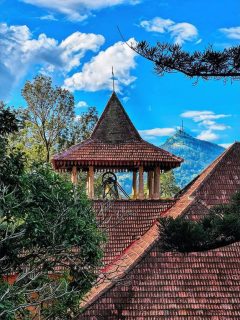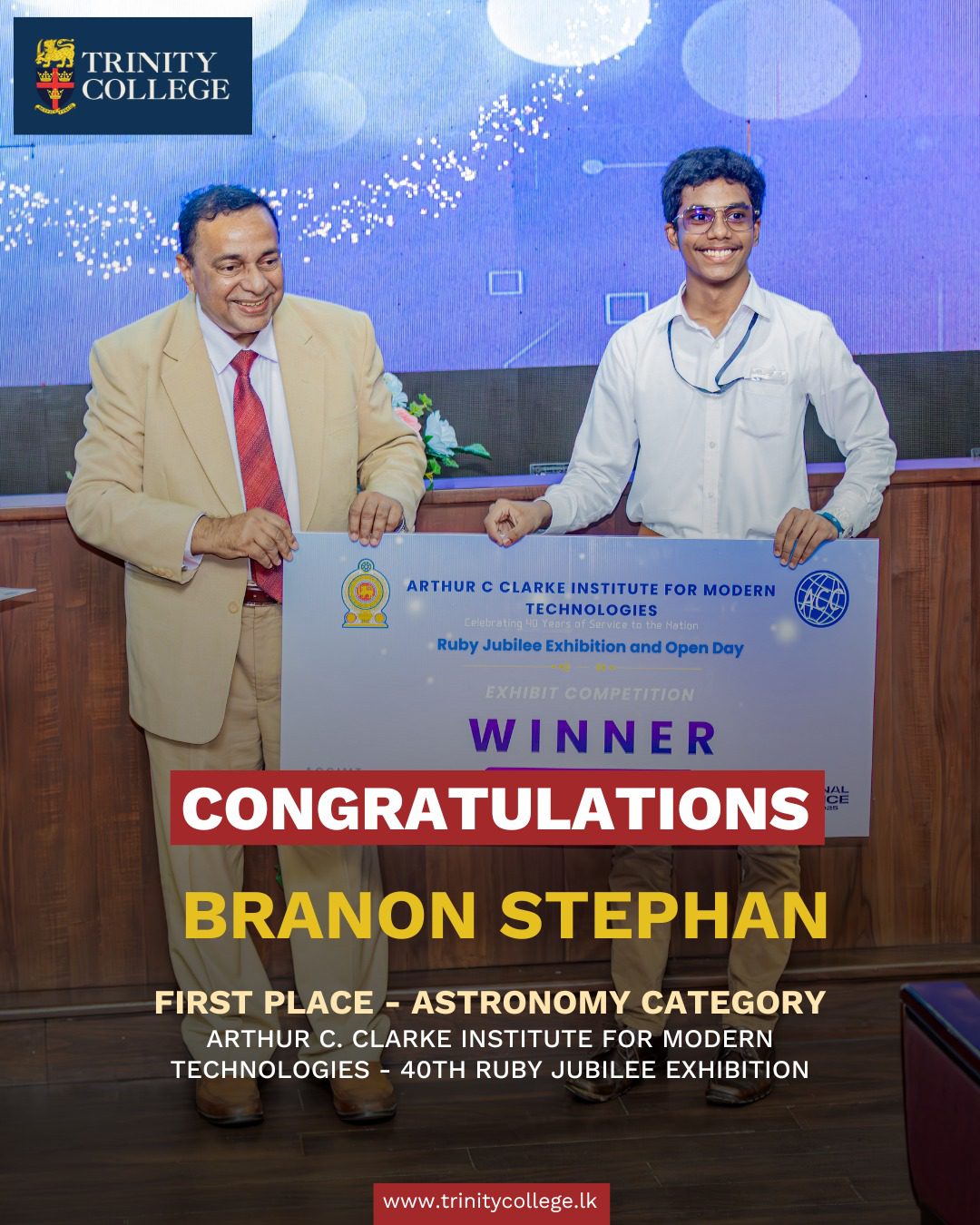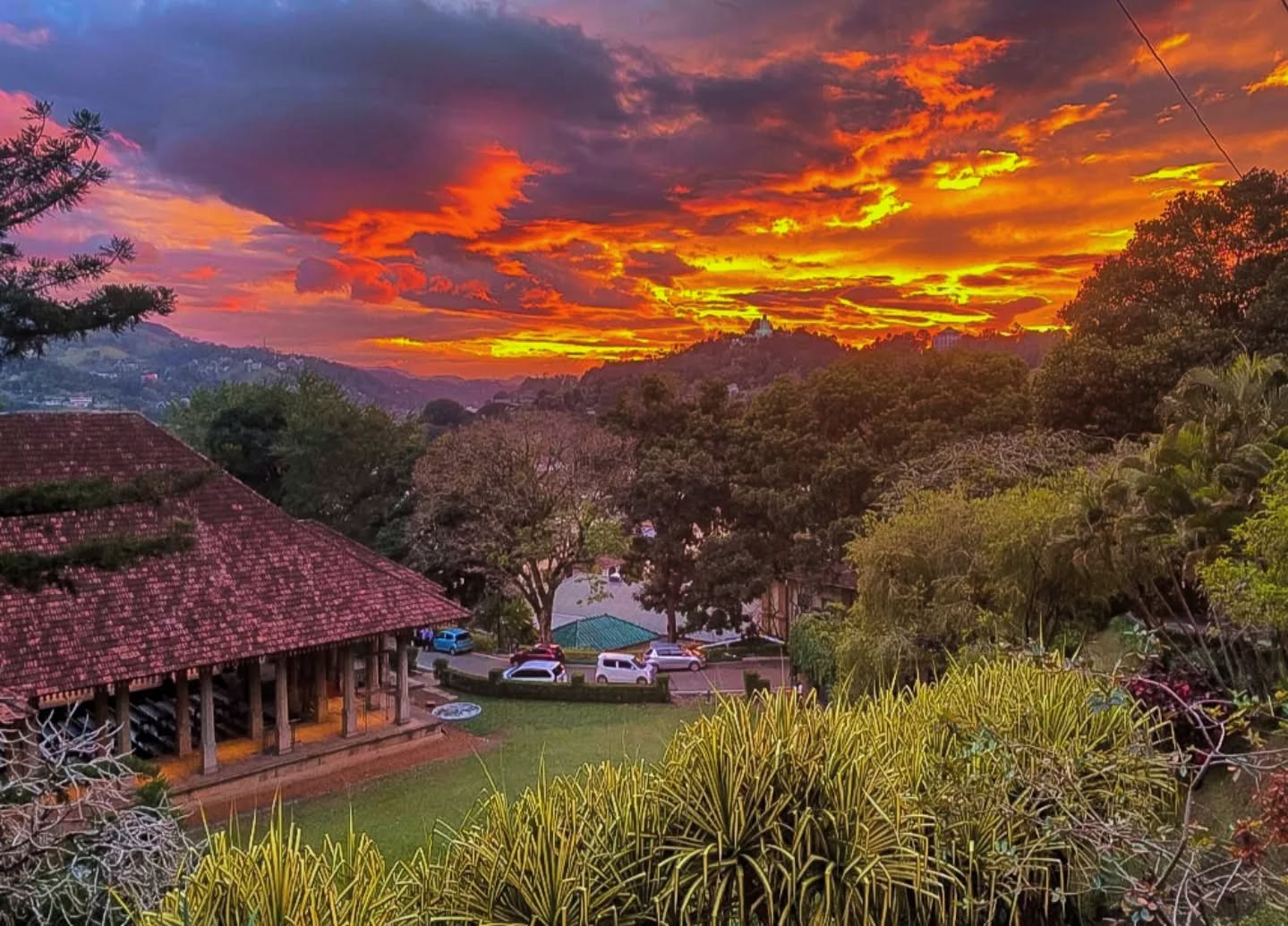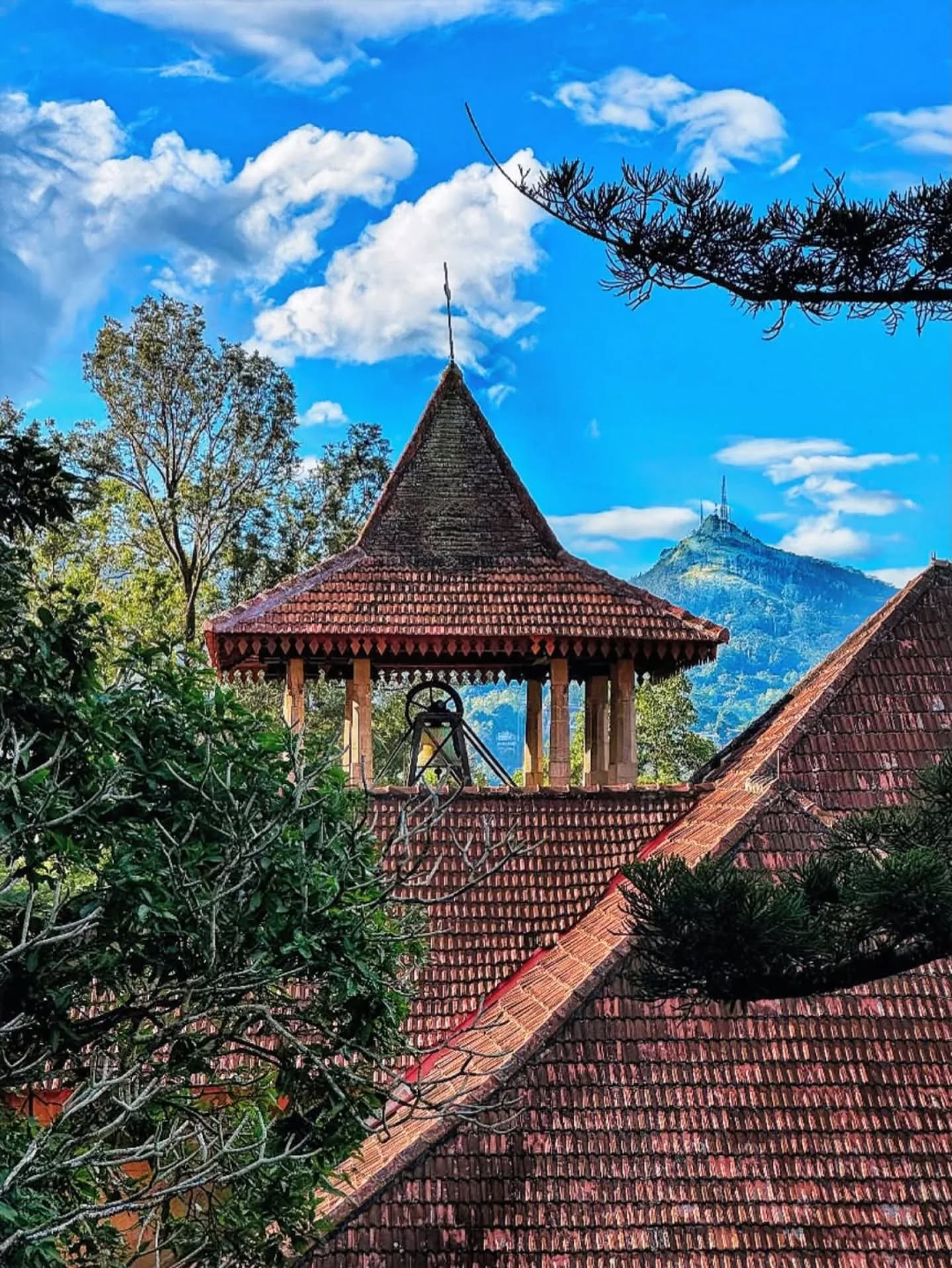Review by Sheshan Abeysekara
We had representatives from the Batch of 1992 on 3rd January 2019 at the Upper School assembly for a video presentation of their ‘Renewable Energy Project‘ recapitulating the progress and completion of the solar power generating system.
With Trinity College starting to invest heavily in modern technology such as smart boards and advanced IT systems, the solar energy project was implemented as a sustainable and environmentally solution to the College’s increasing electricity consumption.
Collecting funds and project management
A well organized social media campaign was launched using Facebook, WhatsApp and Viber to collect funds from batch members; And the successful implementation of the project was credited to the appointment of separate committees responsible for different parts of the project.
Funds were received from around the world, with 65% of the estimated budget collected within three months of its initiation and 35% being funded by Trinity College.
The main project committee was formed with the leadership of Mr Pillai Shankar (Batch President) and Mr Eraj Rajapakse (Project Chairman).
Project implementation
Construction began with the agreement signed by the Principal, Mr Andrew Fowler-Watt at a ceremony held at the College Chapel on 20th May 2017.
A part of the batch’s 25th year anniversary celebration was a staff felicitation ceremony, and a service of dedication held at the College Chapel on 12th August 2017.
Project specifications
After a careful selection process, responsibility of the project was entrusted to ‘First Energy’ a qualified solar power system integrator in Sri Lanka.
The energy produced by the solar panel system will first be consumed by the College and the balance sold to the national grid.
Initial investigations had revealed that the school consumes 175,900 units of electricity per year. However, the solar power system has been able to produce 140,800 units of electricity, contributing to 75% of the total consumption through solar energy.
The installed solar panels have the capacity to deliver to 100KWp of electricity with 361 solar modules (each producing 280wp). Half of the modules are installed on the Oorloff Block roof in the Junior School and the balance in the Middle School roof.
The solar modules brought in from Singapore and the inverters from Germany arrived on site ahead the schedule. It should be noted that this was one of the most time efficient and methodical projects done at Trinity College.
The Renewable Energy project has been recognized as a project completed on budget and on time, being sustainable and environment friendly along with an annual generation of 140,000 units of clean electricity per year while saving in carbon emissions over 2,500 metric tons during the project life of 20 years. This is known to be an “Indigenous Sustainable Renewable Energy” project.
Another valuable aspect of the project is that a live feed of the solar system can be monitored online with full analysis of the data. A screen was installed in the Creative Learning Center which showing a live feed of the solar energy system.
We would also like to mention that the Batch of 1992 is hoping to participate in a ‘sustainability award’ competition held in Switzerland with the submission of the renewable energy project.
While the 1992 Batch has been ‘thinking differently’ on a wider aspect that would benefit the college in generations to come, we also had the Batch of 1993 upgrading the equipment in the college hall and the Batch of 1996 re-constructing the Milton Senanayake Memorial Library along with many other old boys having pledged their financial support for the projects in line with Trinity 150, thus these gentlemen have ‘lead by example’, we make it a gesture to encourage Trinitians both present and past to think creatively and look to the end of how they could provide to the society ahead and to their alma mater in time to come.

Visit our Flickr album to browse more images of the presentation!











